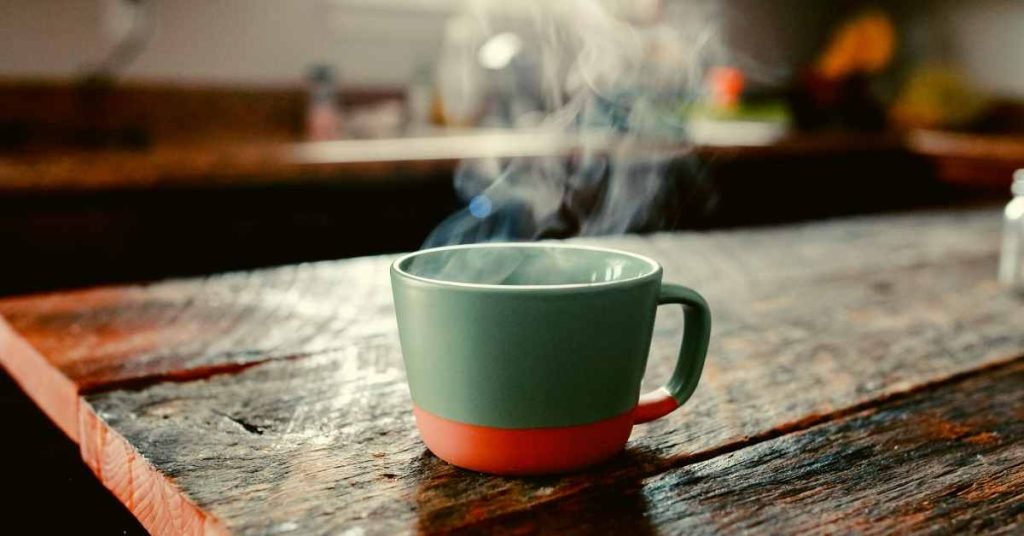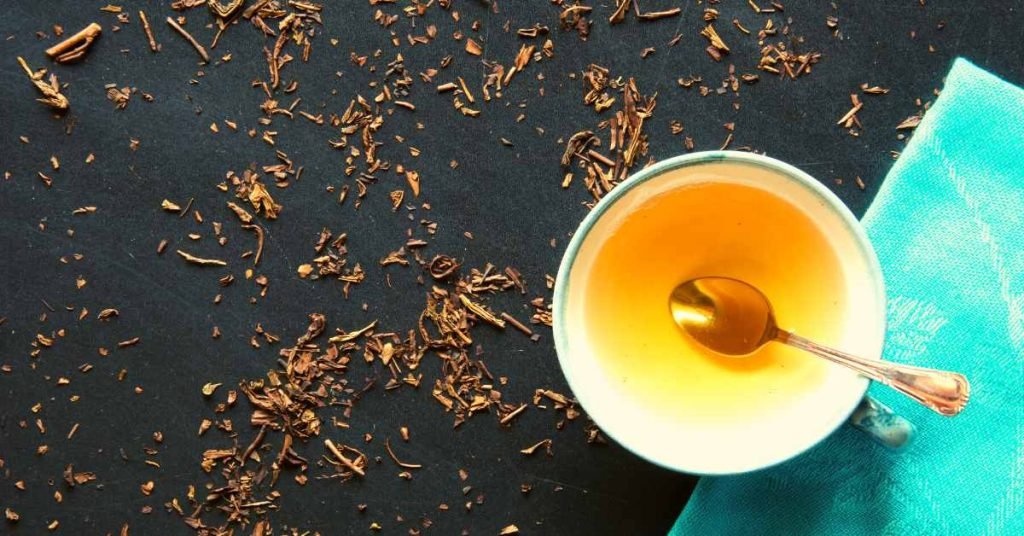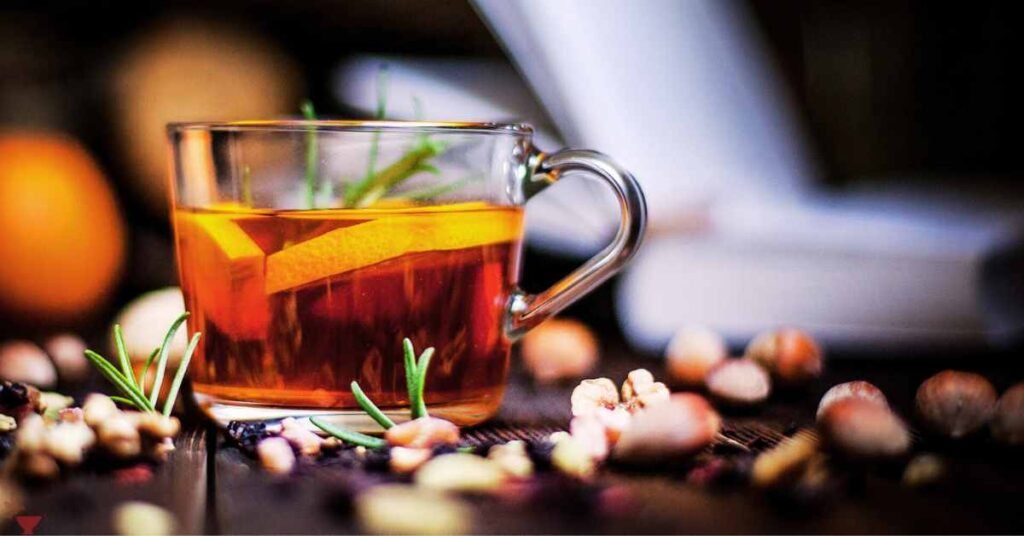Are there differences between kukicha green tea and bancha tea?
Many people online raise this question: What are the differences between kukicha green tea and bancha tea?
On the one hand, none. But on the other, several. How so? Find out by reading the rest of the article, where you can learn all about it.
What is the difference between kukicha green tea and bancha tea, or are they the same tea?
Both are among the most reputable in the Eastern tradition and are also among the most sought after in the West, both for their properties and their flavors.

Bancha and kukicha tea are also known as three-year teas, since this is the amount of time they remain in storage before reaching the manufacturing process.
They are highly valued drinks for their benefits, since they are considered rich in calcium, antioxidants, good for the skin, for digestion, for their vitamin C content and many other things more. So read on to find out more about them.
Are there differences between kukicha green tea and bancha green tea?
Yes and no. How so? Kukicha tea and bancha tea are the same, as they undergo the same process and come from the same plant.
They are prepared together and everything corresponds to exactly the same. So where is the difference?
In the final separation that occurs before the packaging or separation of the tea. Just at that moment is where they become different teas.
These are the characteristics of each one:
Kukicha: Of all the plant that will be part of the tea, the one that receives the name of kukicha is the one that has a greater proportion of sticks than foliage.

As it has less quantity of leaves, which is the sector where the caffeine is housed, it usually has less of this substance and for this reason it is usually said that it has a low content of this stimulant.
It is considered more “yin”, within the oriental tradition. Its flavor is more earthy and less aromatic.
Bancha: Bancha, when packaged, has more leaves than sticks, the opposite of kukicha. Also, as it has more leaves, it has a different flavor, more astringent, close to traditional green tea. It is richer in caffeine, for the same reason that was mentioned in the previous paragraph of its brother with a higher content of sticks. It is obviously considered more “yang” in the East.
But this is not all, since there are also subcategories that correspond to bancha, perhaps the most popular of the two:

Hojicha: These are bancha leaves that are roasted over charcoal, obtaining a very smoky final infusion, with a color that changes, going towards a deep golden. It has a very captivating aroma and is worth trying.
Genmaicha: This is a very popular tea in China and Japan, consisting of a blend of bancha tea leaves with roasted rice. The flavor is really particular, having a very noticeable smoked and roasted side, which is sincerely very good. To all those who are attracted to this kind of flavors, do not fail to try it.
As you can see, bancha and kukicha are the same, but not quite the same. Now all you have to do is order any of these marvelous green tea varieties here and start enjoying.
MEDICAL DISCLAIMER
Itsnevernotteatime.com cannot and does not contain medical/health advice. The medical/health information is provided for general and educational purposes only and is not a substitute for professional advice.




